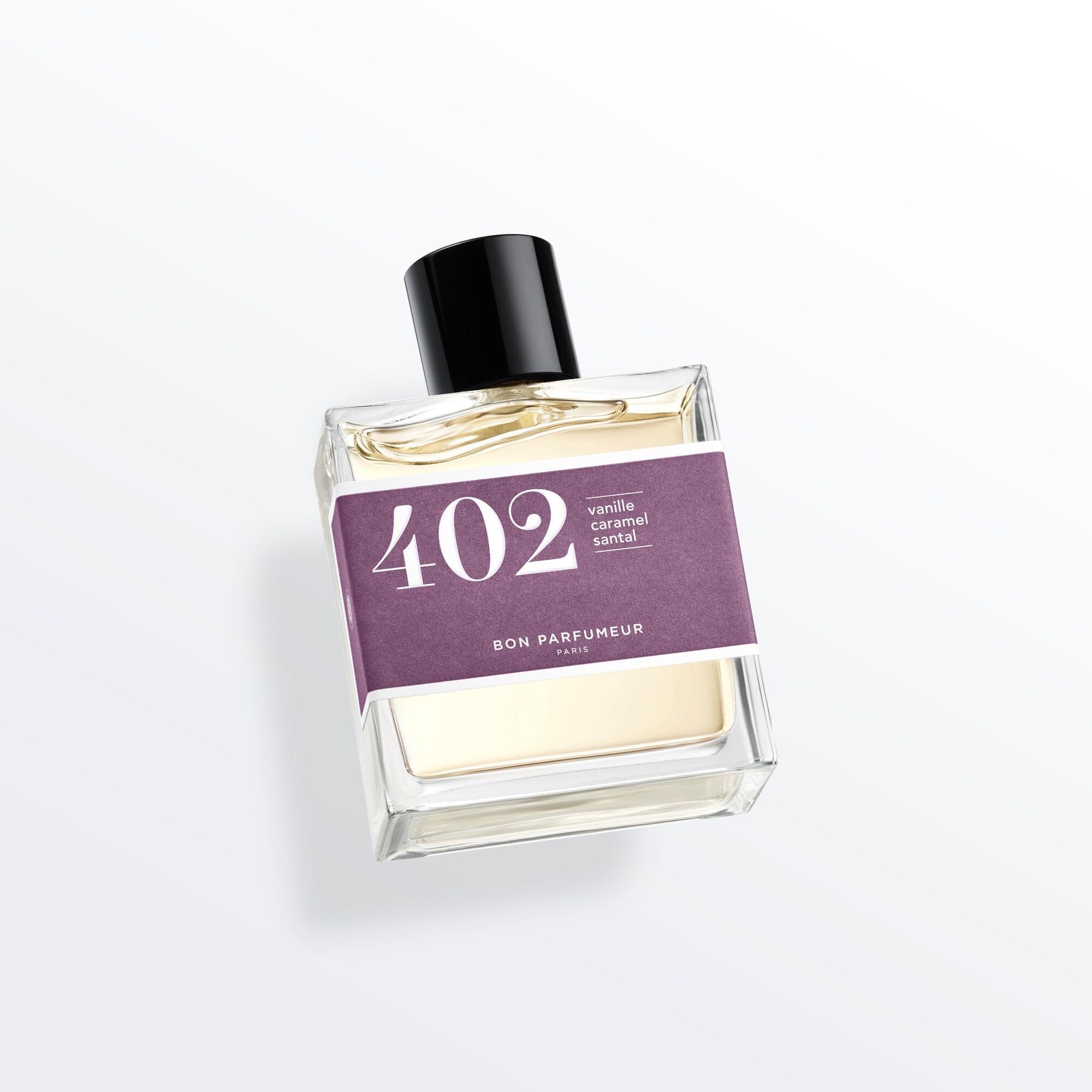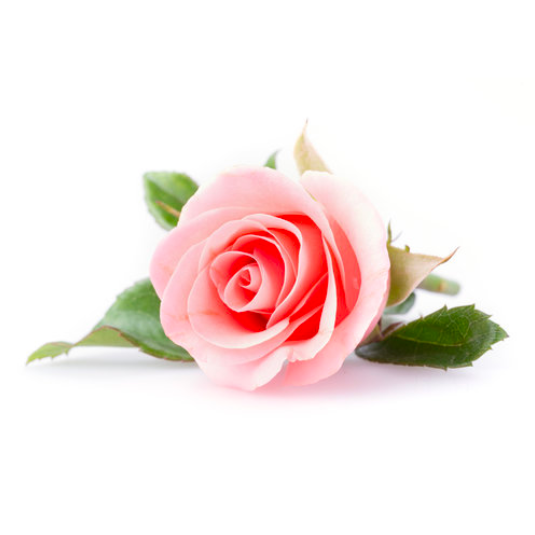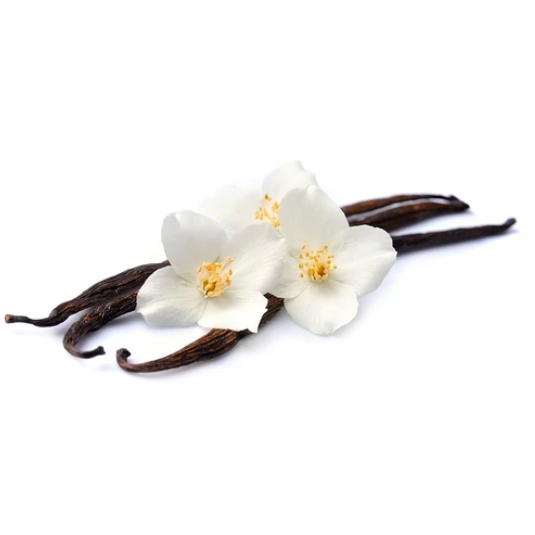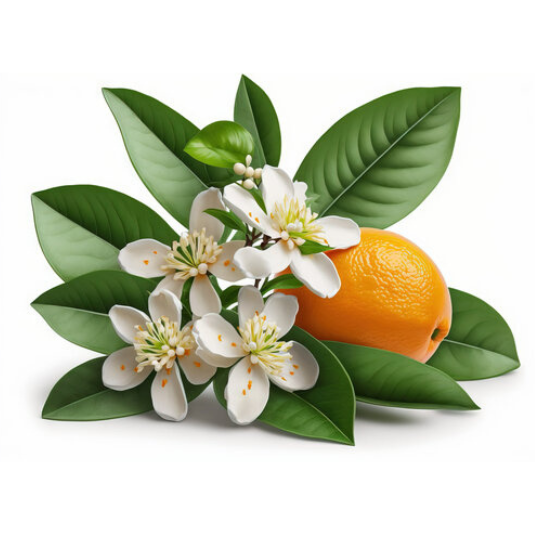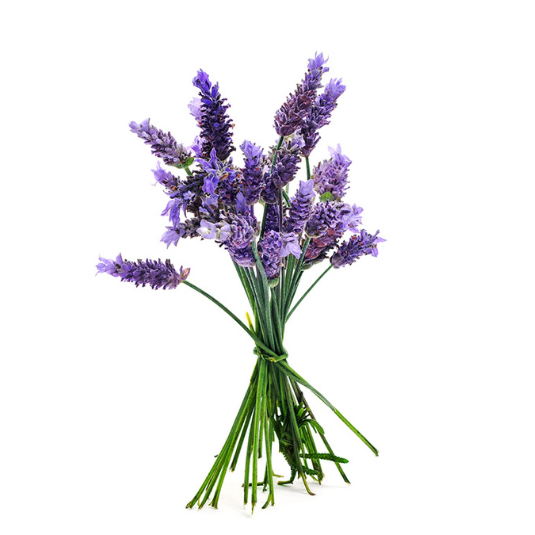What does the word jasmine mean?
"Jasmine" comes from the Persian word "yasamin", meaning "gift from God". This name is linked to the history of the jasmine flower, which was considered a sacred offering in many ancient cultures. Jasmine is also called the "king of flowers" because of its elegance, beauty and enchanting fragrance.
In the beginning...
Jasmine originated in Asia and was first cultivated in Persia around 2,000 years ago. The jasmine flower was highly regarded in India and China, where it was used for perfumery, medicine and decoration. In the Middle Ages, jasmine arrived in Europe via trade routes and was introduced into royal gardens and parks. In the 17th century, it was introduced to France, where it quickly gained popularity as a fragrant flower for perfumes.
Jasmine cultivation
Jasmine is a climbing plant that can reach heights of up to six meters. It has dark green leaves and small, white or yellow flowers with an intense, sweet fragrance. Jasmine flowers are often used to make tea and pure jasmine essential oil.
In France, the town of Grasse, in the Provence-Alpes-Côte d'Azur region, is famous for its production of jasmine perfume. More generally, jasmine-producing regions share warm, humid climates that support the growth of this delicate flower.
To thrive, jasmine needs nutrient-rich soil with good water drainage. Jasmine plants need to be watered regularly to prevent the soil from drying out, and pruned to encourage branching. Jasmine flowers are often hand-picked in the early morning, when they are most fragrant. The gorgeous jasmine flowers are then processed into essential oil or perfume.
The small white jasmine flowers are generally hand-picked before dawn and processed quickly, as they are fragile and wear out very quickly. Harvesting generally takes place from June to December on plants aged 3 to 10 years. Although in the past, extraction was mainly carried out by enfleurage, today the main technique is extraction with volatile solvents, notably hexane or petroleum ether.
The different species of jasmine
There are several species of jasmine used in perfumery, each with its own distinct olfactory characteristics. Here are some of the most commonly used species:
• Jasminum grandiflorum: Also known as Spanish jasmine or royal jasmine, it is highly valued for its soft, mellow and sensual floral fragrance.
• Jasminum sambac: Also known as Arabian jasmine or night jasmine, it is famous for its exhilarating, exotic aroma. It is often used in oriental perfumes.
• Jasminum officinale: Often called common jasmine, it has a sweet, floral and slightly spicy fragrance. It has long been used in traditional perfumery.
• Jasminum auriculatum: Native to India, this jasmine has a rich, sweet and spicy fragrance. It is often used to add warm, oriental nuances to perfume compositions.
• Jasminum fluminense: Known as Brazilian jasmine, this variety offers a fresh, green fragrance with slightly fruity notes.
INTERESTING FACT!
In addition to its divine fragrance, jasmine has many benefits and virtues for health and well-being. Jasmine essential oil is used in aromatherapy for its relaxing and soothing properties, which help reduce stress and anxiety. Jasmine is also known for its aphrodisiac properties, which boost libido and improve sex life.
Jasmine is also used in cosmetics for its moisturizing and anti-aging properties. Jasmine essential oil helps to deeply nourish the skin and prevent the signs of aging. Jasmine is often used in facial care products such as creams and serums, as well as in hair care products to promote hair growth and shine.
What do you know about jasmine in perfumery?
In perfume production, jasmine essential oil is often blended with other essential oils to create a unique fragrance. Perfumers use their creativity and expertise to blend different fragrance notes to create a harmonious, balanced scent. Jasmine fragrances are often associated with floral notes, but can also be combined with fruity or spicy notes.
Jasmine is known for its enticing, sensual scent, which is often described as floral, soft and sweet. Jasmine fragrance contains odorant components such as methyl jasmonate, which contribute to its characteristic scent. When blended with other scents, jasmine can add depth and richness to a perfume, creating a sophisticated, elegant fragrance. Jasmine perfume is often used in women's fragrances, but can also be used in fragrances for men to add a touch of sensuality and sophistication.
Some popular jasmine fragrances....
Many brands use jasmine as their main ingredient or as an olfactory accord to create luxury fragrances. Some of the best jasmine perfumes are:
• Jasmin des Anges from Dior's Collection Privée is a feminine eau de parfum that embodies floral and angelic sweetness with its delicate blend of jasmine, apricot and fruity notes that makes it perfect for the summer time. Dior Jasmin des Anges, presented in the collection's signature bottle, offers a soothing and seductive olfactory experience, much appreciated by lovers of luxury perfumes.
• Jasmin Rouge by Tom Ford is one of the best floral and spicy perfumes for women that captures a woman's love of make-up, offering a bold seduction. In TOM FORD Jasmin Rpuge, the notes of jasmine, clary sage, ginger, cardamom and cinnamon mingle to create a beguiling composition, sublimated by floral accords, vanilla and leather, all presented in an iconic purple-purple bottle.
• Splendida Jasmin Noir is a women's creation from the luxury brand BVLGARI. It offers a modern, captivating interpretation of jasmine, highlighting its dark, mysterious sensuality. Top notes are fresh and luminous, with the sparkle of mandarin blossom. In the heart, jasmine blooms in all its splendor, releasing a rich, alluring floral scent that will captivate your senses.
• Mon Paris by Yves Saint Laurent is an eminent Eau de Parfum offering a modern, compelling and classic interpretation of jasmine. Sparkling top notes of strawberry and raspberry blend harmoniously with an intense floral heart of jasmine and peony, creating a captivating combination.
• 1902 Ylang & Fleur de Sel by Berdoues is an eau de toilette for men and women, offering a refreshingly exotic blend. The exhilarating notes of ylang-ylang blend harmoniously with the floral nuances of the salt flower, creating a unique fragrance that is both sensual and gentle, perfect for those seeking an original, evocative scent.
• Jasmine Sambac & Marigold by Jo Malone London is a part of the classic Jo Malone Cologne Intense range. The notes suggest a combination of the spicy, herbal character of marigold, the sensual and floral richness of jasmine sambac, and the warm, sweet resinous quality of benzoin.
• Jasmine 17 Eau de perfume by Le Labo offers a combination of citrusy and green top notes, a rich and floral heart dominated by jasmine, and a warm and sensual base with notes of amber, musk, and woods. Le Labo Jasmin 17 offers a sophisticated scent experience.
• Furthermore, Gucci Flora Gorgeous Jasmine Eau de Parfum, DS&DURGA Jazmin Yucatan, Byredo Flowerhead Eau de Parfum and Estée Lauder Aerin Ikat Jasmine Eau de Parfum are also famous for their captivating jasmine fragrance.
DID YOU KNOW? Created in 1930 by perfumer Henri Alméras, Joy is considered one of the world's most expensive and luxurious fragrances. One of the reasons for its high price is that it contains a large amount of jasmine essence. To produce just 30 ml of this fragrance, you need around 10,600 jasmine flowers and over 28,000 rose flowers.
Jasmine X Bon Parfumeur
Discover best jasmine fragrances, French brand Bon Parfumeur offers a wide selection of jasmine fragrances made in France with natural and organic ingredients.

• Eau de parfum 103, for example, is a floral accord that combines jasmine in the heart note with tiare flower and hibiscus in the middle note for a fresh, sensual floral scent.
• Eau de parfum 002 is also an eau de parfum featuring a floral accord that blends jasmine with notes of bergamot and neroli. These flowers are complemented by the softness of musk and white amber for a soft, sophisticated fragrance. These eaux de parfum are available in bottles of 100 ml, 30 ml and 15 ml.
• Eau de parfum 202 offers a truly refreshing fruit cocktail. Citrus, watermelon and watermelon combine with the more velvety facets of jasmine and lily of the valley. These white flowers blow like a gentle breeze over the soft sandalwood.
• Eau de parfum 102 can be compared to an explosion of colors: a sparkling bergamot, coriander and cardamom! This clever blend offers us a green tea scent. The mimosa of Grasse plays the main role in the heart of this creation, supported by a powdery jasmine. Musks and oakmoss in the background warm up the trail.
• Eau de parfum 104 is full of vegetal freshness, like the smell of a country house covered by ivy. The vividness of the green orange is then softened by touches of jasmine and hyacinth. These flowers give the creation a green and watery effect. A classy and rich fragrance that culminates with a trio: patchouli, amber and vetiver.
Bon Parfumeur also offers customizable fragrances, where you can choose the ingredients that make up your perfume, including jasmine of course. The French brand offers quality ingredients and meticulous olfactory composition to deliver unique, tailor-made fragrances. So why not take a look at our website, or visit us at our store?

